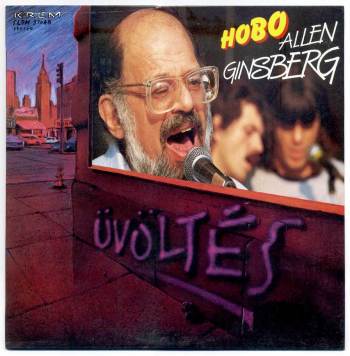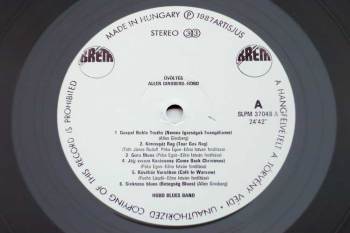French proto-Lettrist poet Altagor (real name Jean Vernier, 1915-1992) used onomatopeia in his “Métapoésie” writings and an invented language in the “Parole transformelle” visual poetry. Also an instrument builder, he accompanied his poetry readings on the pantophone, a stringed, bowed instrument, and the plectrophone, played with a stick. For an introduction to the sound world of Altagor, please refer to the article and sound file on Continuo-docs.
♫ This cassette is an overview of Altagor’s Métapoésie. The amateurish technical realization is probably the work of Altagor himself. It starts with a short excerpt from Simonia, a poem from the 1950s, supposedly longer than 10,000 verses. Simonia was the chthonian goddess Altagor invented during his frequent walks in Les Eparges forest in North-Eastern France. After a brief Plectrophone solo, Altagor then performs a choice of his Métapoésie poems with Plectrophone accompanyment.
[Thanks to Giuseppe for this rarity]
01 Simonia (2:13)
02 Plectrophone solo (:34)
03 Métapoésie I (12:50)
04 Métapoésie II (8:05)
05 Métapoésie III (4:06)
06 Métapoésie IV (7:50)
07 Métapoésie V (8:00)
08 Métapoésie VI (3:18)
09 Métapoésie VII (2:05)
Total time 49:00
Cassette released by Ed. Pubbliart, Reggio Emilia, Italy, 1981?
. . . . . . . .
* *
*



























